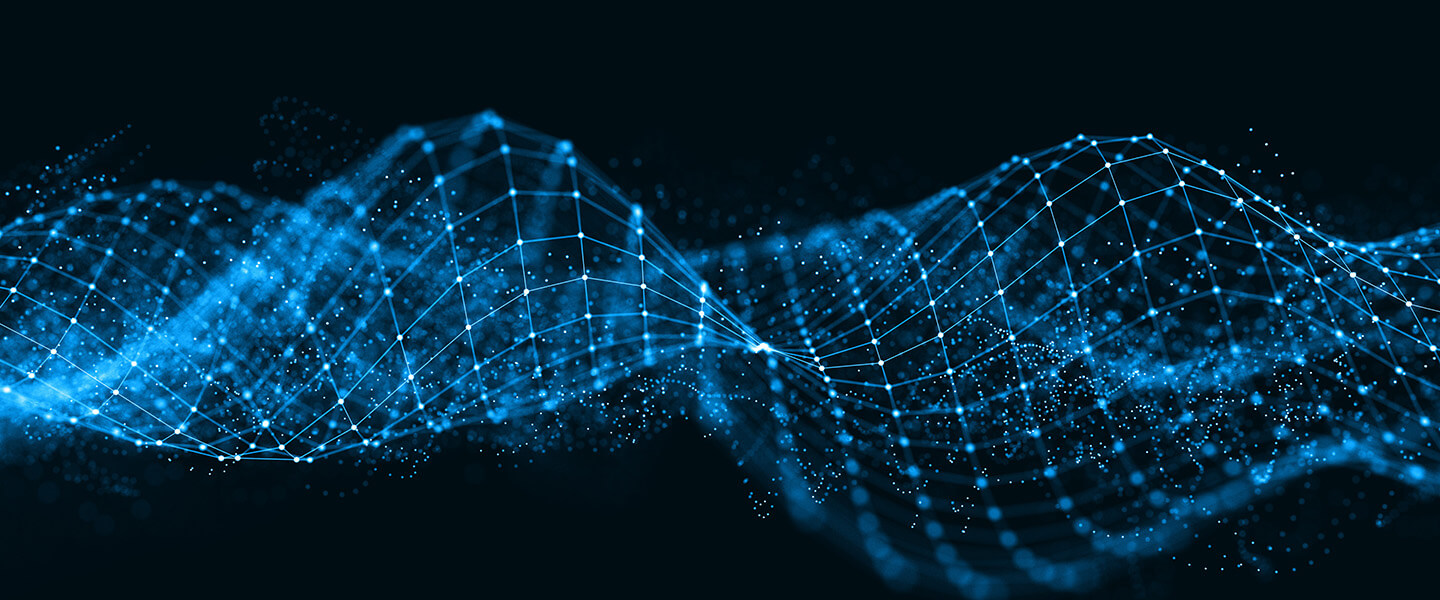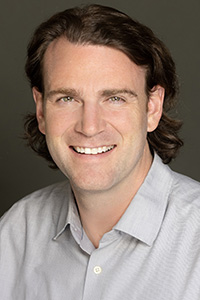FDA Clears SAINT Rapid-Acting Brain Stimulation Approach for Those Suffering From Resistant Major Depression
FDA Clears SAINT Rapid-Acting Brain Stimulation Approach for Those Suffering From Resistant Major Depression

On September 6, 2022, the U.S. Food and Drug Administration cleared the way for marketing of a rapid-acting brain-stimulation approach for major depressive disorder pioneered by Nolan Williams, M.D., of Stanford University, and colleagues. Dr. Williams is a 2018 and 2016 BBRF Young Investigator and winner of the 2019 BBRF Klerman Prize for Exceptional Clinical Research.
The FDA issued a 510(k) clearance for a California company called Magnus Medical to commercialize the protocol developed in the Williams lab and tested in three clinical trials, results of which were published in Brain in 2018 and the American Journal of Psychiatry in 2020 and 2021. Magnus calls the protocol, which consists of several aspects, the “SAINT Neuromodulation System,” following the acronym first adopted by Dr. Williams and colleagues for “Stanford Accelerated Intelligent Neuromodulation Therapy.”
In the SAINT protocol, advanced imaging technology is used to individualize targeting of non-invasive stimulation to part of the brain’s cortex, and significantly more non-invasive stimulation is delivered in much less time than is standard in TMS (transcranial magnetic stimulation), the most often used non-invasive treatment protocol now being offered to patients with depression.
The FDA marketing clearance specifically authorizes SAINT for use in individuals with treatment-resistant major depressive disorder, which can be a life-threatening condition. Resistance to treatment is defined as a failure to be significantly helped in one’s current depressive episode by existing depression treatments—ranging from electroconvulsive therapy (ECT) to more widely prescribed antidepressant medicines.
SAINT turned heads in the psychiatric and medical communities when results of a clinical trial were reported in 2020. In that trial, 19 of 21 participants with refractory major depression achieved remission after only 5 days of treatment. Results of the next trial, in 2021, were no less impressive: 79 percent of 29 participants achieved remission after 5 days of receiving brain stimulation under the SAINT protocol. This result was considered even more significant, since participants were randomly assigned to “active treatment” and placebo groups, and doctors and patients alike were “blinded” as to which patients were receiving the active treatment.
Alan Schatzberg, M.D., of Stanford, and a member of BBRF’s Scientific Council, says that the protocol cleared by the FDA this past week “is groundbreaking and could help many patients with major depressive disorder who have not responded to treatment with antidepressants.” Not only did SAINT help most of those who received it; the improvements, Dr. Schatzberg noted, “were dramatic, rapid, and frequently sustained through the study follow-up period.”
Mark S. George, M.D., of the Medical University of South Carolina, also a member of the BBRF Scientific Council and a two-time BBRF grantee, pioneered the non-invasive brain stimulation technology called TMS (transcranial magnetic stimulation) upon which SAINT builds. Dr. George said clearance of the new protocol “is really exciting news.” Dr. George, who was Dr. Williams’ mentor when he was studying to become a researcher, said: “This is more than just clearance of just another device. It expands the way we can use TMS to treat depression. Older approaches often took 6 weeks for depression to respond, while this approach observed remission from depression in just 5 days. That opens up many new possibilities to use SAINT in hospitalized patients, and for patients who present to the emergency room.”
SAINT employs a kind of brain stimulation that is a refinement of a variant form of TMS called intermittent theta-burst stimulation, or iTBS. In iTBS, the patient receives the same “dose” of brain stimulation as in FDA-approved TMS over the same period of weeks, but receives it in much shorter treatment sessions, lasting 3 minutes per session as compared with 37 minutes in conventional TMS. One of the chief innovations of SAINT is to deliver 10 sessions of iTBS per day over just 5 days. Each daily session is separated by an interval of 50 minutes—as Dr. Williams has said, they are designed “to build upon one another to amplify the antidepressant effect.”
Dr. Williams has also explained another important difference between SAINT and conventional iTBS and TMS. Each patient receives an 8-minute resting-state fMRI scan to pinpoint the target of the magnetic stimulation, which is approximately located beneath the upper-left forehead. The exact location of the underlying dorsolateral prefrontal cortex varies from person to person by as much as several millimeters, and is sometimes not “hit” when targeting is not guided by imaging results. This does add cost to SAINT, but is thought to greatly increase its accuracy and effectiveness—which can amount to saving lives in patients with highly refractory major depression. SAINT has also been shown in the trials to eliminate suicidal thinking in those who are affected, although the duration of this benefit as well as the antidepressant effects are still not yet clear and will be studied further.
For now, however, the remarkable clinical results achieved in deeply depressed and treatment-resistant people, some suicidal, over the course of only a few days, suggests that the SAINT protocol has immediate value for those who, as Dr. George points out, are hospitalized or who go to the emergency room while experiencing a suicidal crisis.
Magnus Medical says it is now performing research aimed at investigating use of SAINT more broadly and in other psychiatric disorders. Drs. Williams, Schatzberg, and George serve on the Scientific Advisory Board of Magnus Medical. Dr. Williams holds patents and resultant equity on SAINT technology.
Written By Peter Tarr, Ph.D.
Click here to read the Brain & Behavior Magazine's December 2022 issue



